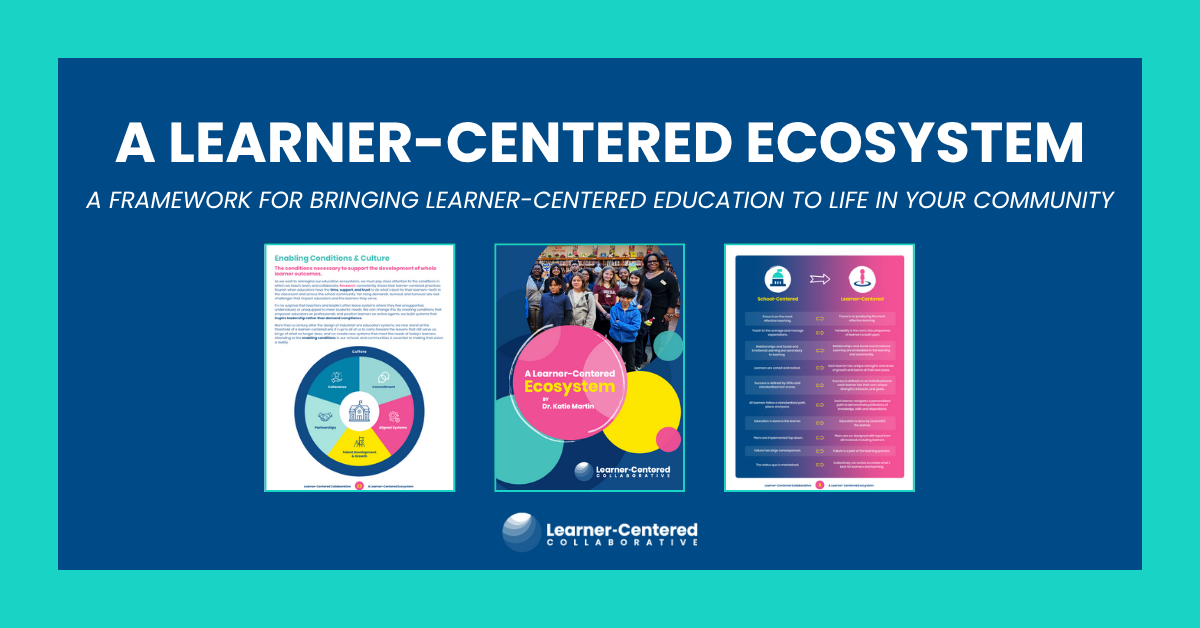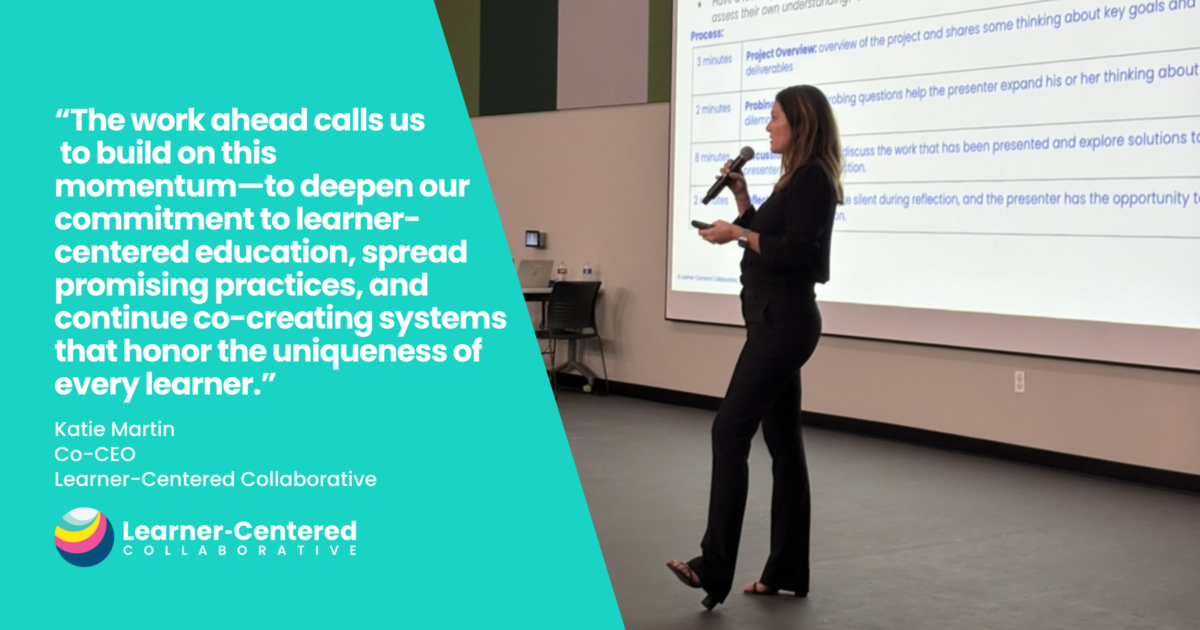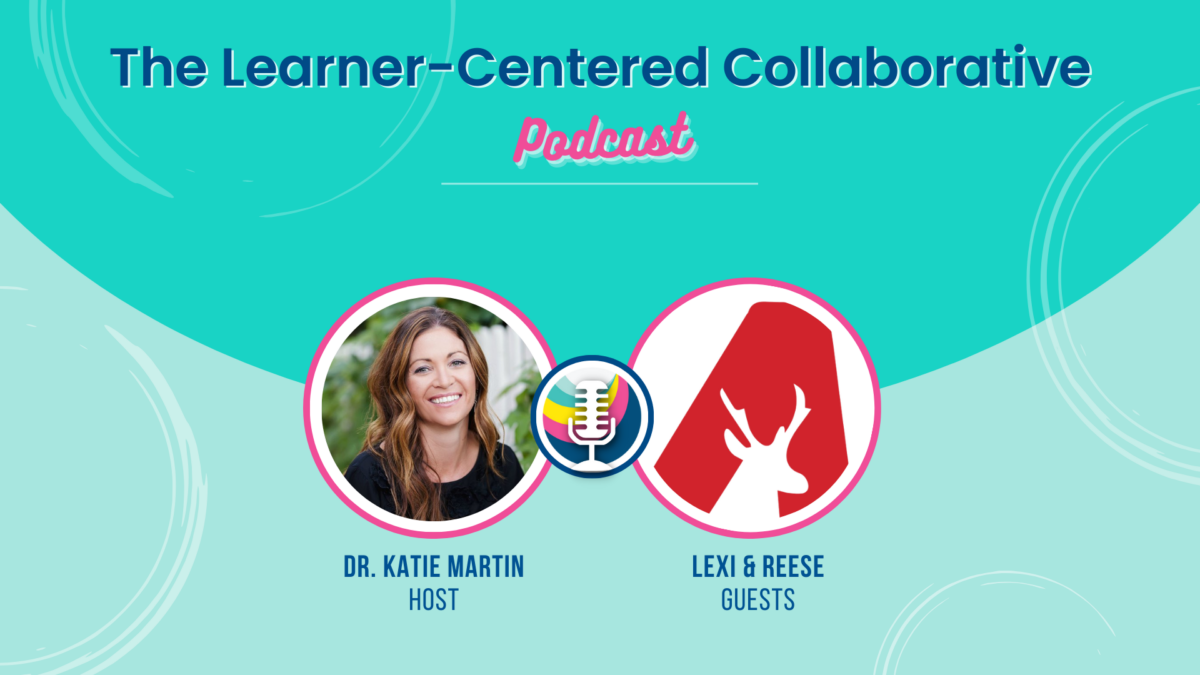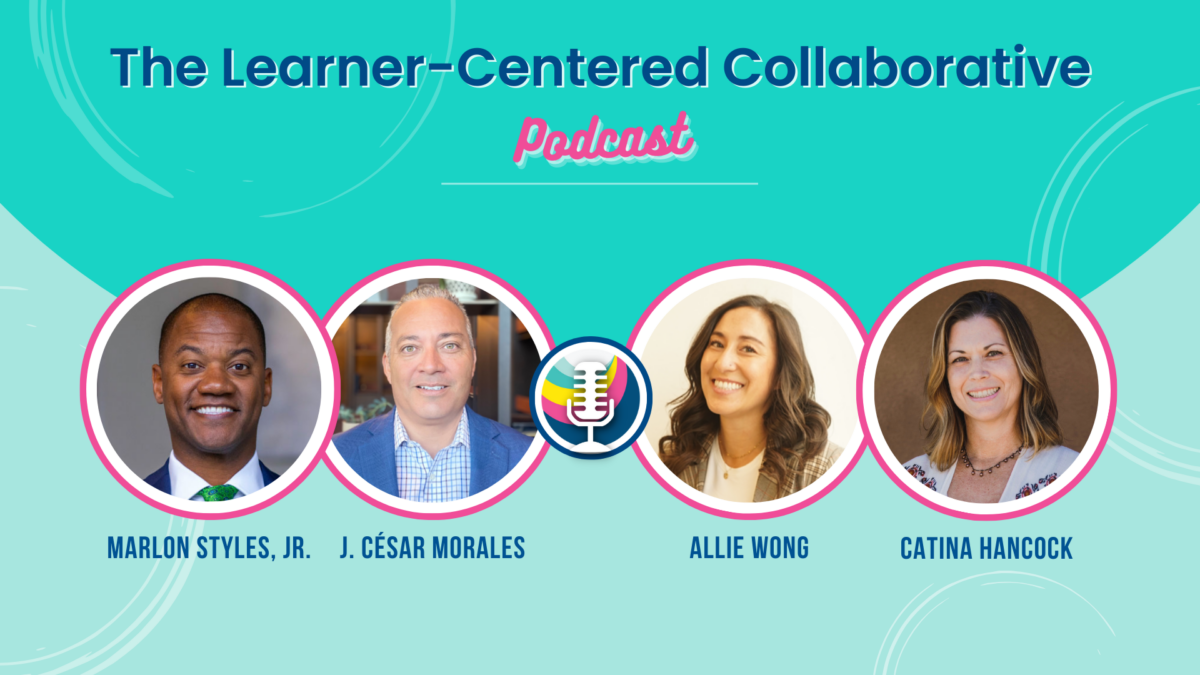Tools
A Learner-Centered Ecosystem
It’s time for a shift from the school-centered education system—where efficiency, standardization, compliance, ranking, sorting, and task completion are top priorities—to a learner-centered paradigm, where we focus on supporting each learner to know who they are, thrive in community, and actively engaged in the world as their best selves. “A Learner-Centered Ecosystem” dives deep…
Blog
Celebrating Bright Spots in Learner-Centered Education: Looking Ahead to What’s Possible
As the school year winds down, we’re taking a moment to reflect on the incredible progress made in the journey toward learner-centered education. Across classrooms, schools, and districts, we witnessed bold steps, powerful moments of growth, and inspiring examples of what’s possible when we center learners by design. Learner Agency in Action This school…
Podcasts
Episode 44: Rethinking High School with AI and Human Connection (with Lexi and Reese)
Listen on SpotifyListen on Apple Podcasts Episode Summary: In this episode of The Learner-Centered Collaborative Podcast, host Katie Martin speaks with high school seniors Lexi and Reese from Avonworth High School in Pittsburgh, Pennsylvania. Katie first met the students during a school visit and was so inspired by their research on AI and human…
Podcasts
Episode 43: The Case for Learner-Centered, Universally Designed Classrooms (with Katie Novak)
By loading this video, you agree to the privacy policy of Youtube.Always load Youtube videos on this site.Load VideoListen on SpotifyListen on Apple PodcastsWatch on YouTube Episode Summary: In this episode of the Learner-Centered Collaborative Podcast, host Dr. Katie Martin is joined by Dr. Katie Novak, founder and CEO of Novak Educational Consulting and…
Podcasts
Episode 42: Effective Techniques to be a Learner-Centered Leader
By loading this video, you agree to the privacy policy of Youtube.Always load Youtube videos on this site.Load VideoListen on SpotifyListen on Apple PodcastsWatch on YouTube Episode Summary: Four members of the Learner-Centered Collaborative team came together in February 2025 to talk shop about what it takes to be a learner-centered leader during one…

















